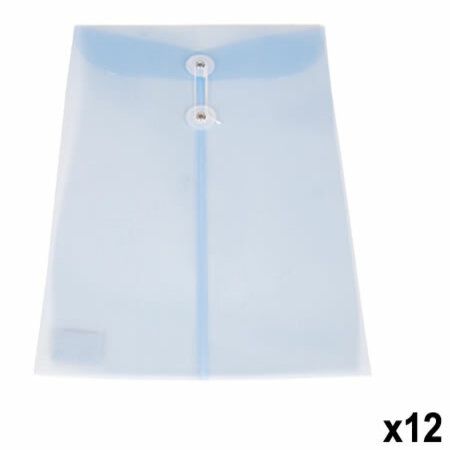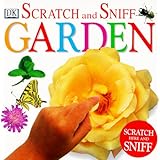Creating different literacy activities that parents can use at home with their children is a great way teachers can encourage parent involvement. By allowing parents to bring home books, activities, and materials children can continue their lessons at home. These activities should be fun, easily understood, and meaningful. The materials should be kept in something that is easily transferred from school to home and back. Teachers can use plastic holders, bags, or boxes. The materials should not be too costly, just in case something happens when a parent takes them home. Using these ideas you can create literacy take home packets. Each packet can have a separate theme such as: colors, numbers, animals, and so many more great ideas. Different art materials may go into the packet to create activities for different themes. Crayons and paint can be used to explore colors for an activity, in the color take home literacy packet. Materials can also be hand made by the teacher depending on the activity. There should be different books representing the theme of the packet. This gives parents the opportunity to read new stories to their children. So your take home literacy pack should have different activities based on the theme of the packet, the materials needed for the activities, books related to the theme, and something nice to hold everything together.
Wednesday, October 26, 2011
Tuesday, October 18, 2011
Picture Books
Picture books are a wonderful way to fill a child’s head with imaginative thoughts as well as filling their head with literacy knowledge. Picking out good literature for children is an important aspect of creating a meaningful literacy journey. Books should be age appropriate for the children in your classroom. You should find books that appeal to the children’s interest within your classroom. Having a variety of books in your classroom is important. Fictional and non-fiction books should both be represented in your classroom. Having books that add a sensory effect is important. Books that babies and children can feel, smell, hear, or even chew on can connect children to the books they are reading.
-Squishy Turtle and Friends (Cloth Books)
-Roger Priddy (Author)
-Scratch and Sniff: Garden
-Ultimate Bug Book (Pop-up with Sound)
That's Not My Puppy (Usborne Touchy-Feely Board Books)
There are different strategies you can do with a child before you read a picture book, to increase the literacy experience. Looking at the cover of the book is one of the most simple and natural strategies you can do before reading the book. Have this child talk about the cover giving his or her thoughts and ideas. Looking at the cover of a book is also important when picking out literature for your classroom. Another strategy is the concept of talking about pictures and text. Allow children to point to pictures or text and explain what is happening on these pages. You can also activate prior knowledge by having the children predict what is going to happen next. Encourage children to connect to the books personally by hearing children’s personal stories on the subject. And finally have this experience be purposeful. Picking out books purposefully can help you achieve this strategy. Having these strategies in mind and picking out good books will help create meaningful literacy experiences for children.
Tuesday, October 11, 2011
Children
Every child learns in their own unique way. Children have different weaknesses and strengths. It is important to remember that every child is an individual. Children have different interests from their peers. Children may have unique or different home environments or cultures. When teachers take all this information into consideration they can provide a more meaningful literacy journey for children. When observing children’s writing, teachers can see how unique every student is. Understanding the individuals within your classroom is very important when creating lesson plans that will help children gain literacy skills. One way that children can express their individuality within their writing is through having a journal. Journals allow children the freedom to express their thoughts, feelings, and ideas by recording their words on paper. This project can be done in a way that appeals to young children and engages them. It is important for young children to enjoy and be engaged in their learning. There are several different ways you can teach most lessons. Finding a lesson that is fun and meets the needs of your classroom will result in more engaged learning. A good example of this is singing songs and figure plays to work on phonological awareness skills. When a teacher finds an interesting song that an individual likes, it can help that child gain phonological awareness skills. Through certain songs and figure plays children can learn about rhyming and syllables. Certain songs can also work on a child’s understanding of initial and final sounds of words. Songs and figure plays can be fun, interesting, and engaging tools within your classroom. Understanding the individual children in your classroom and finding fun ways to teach lessons can help teachers make every child’s classroom experience a good one.
Tuesday, October 4, 2011
Purposeful Literacy Experiences
Shared reading experiences are important for children to have. Big books are very useful when having a shared reading experience. It is very interesting to listen to what the children are saying during these shared reading experiences. There are so many lessons and skills that can be taught through shared reading experiences. Another activity that is fun but also helps children develop important literacy skills is the idea of a read-aloud. Through this activity you can see how the meanings of these read-alouds are so important. This “reinforces the notion that reading is about meaning” (pg. 50). Literacy is so much more important to children when it has a purpose and it is meaningful. In life “we talk, read, and write about something for some purpose” (pg. 51). Children also desire having purposeful literacy experiences. At home children can write down their oral words and make it written language, while doing something meaningful like making a lost dog poster. Sometimes at school writing is not purposeful. Children may copy sentences, which is meaningless to their lives. This may make children bored and does not create a love of literacy. When children write things they care about or read interesting stories they enjoy literacy and learn. Children are learning about literacy from the time they are born. They hear their mother and father talking and observe them reading and writing. This type of interest children have in their world is important to their learning. That is why it is so important to keep children interested in learning new things. It is important to remember that children come to school with knowledge and curiosity.
Subscribe to:
Posts (Atom)






